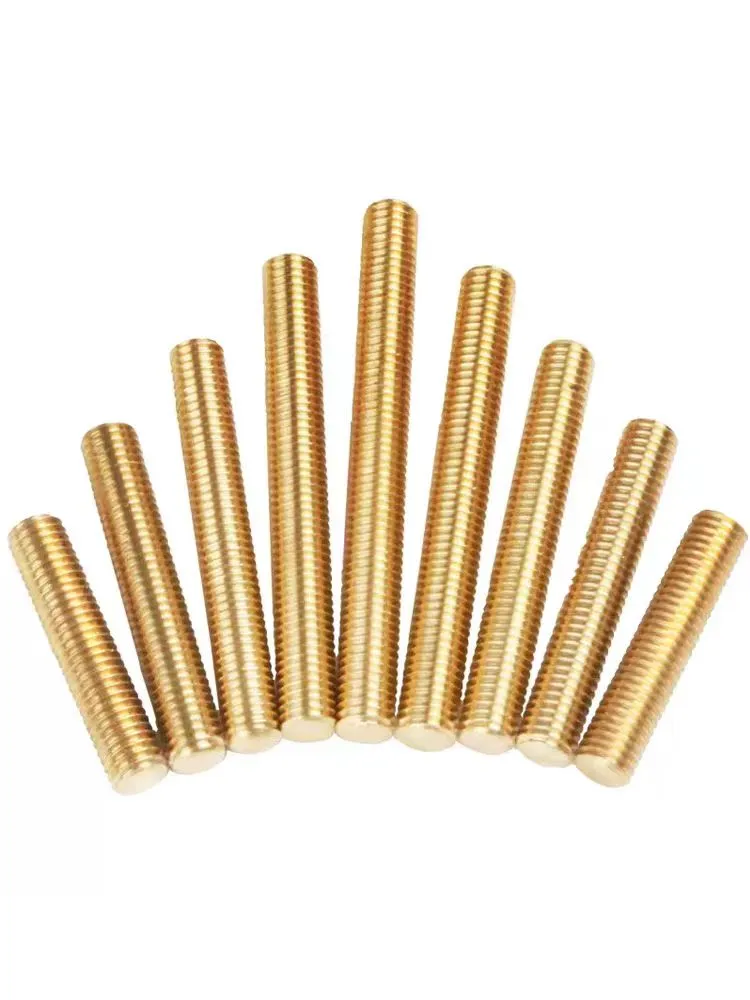

Exploring Various Types of Self-Tapping Screws and Their Applications in Different Industries
Agu . 13, 2024 22:55 Back to list
Exploring Various Types of Self-Tapping Screws and Their Applications in Different Industries
Understanding Self-Tapping Screw Types
Self-tapping screws are essential fasteners in various industries, offering efficiency and reliability in assembly processes. Unlike traditional screws that require pre-drilled holes, self-tapping screws create their own threads as they are driven into materials, providing a secure hold and making them suitable for a wide range of applications. This article will explore the different types of self-tapping screws, their characteristics, and their uses.
Types of Self-Tapping Screws
1. Thread Cutting Screws Also known as machine screws, these screws are designed to cut threads into the material they are inserted into. They feature sharp cutting edges on the screw’s body. Thread cutting screws are ideal for use in harder materials like metals, where they create precise threads that ensure a strong fit. They often come with a flat or pan head, making them versatile for various fastening tasks.
2. Thread Forming Screws Unlike thread cutting screws, thread forming screws do not remove material but instead form threads by deforming the material into the shape of the screw. This type is generally used in softer materials like plastic or thin metal sheets. Because they do not create waste (as no material is cut away), thread forming screws are particularly advantageous for producing cleaner and stronger joints. Their design often features a pointed tip to facilitate easy penetration into the material.
3. Self-Drilling Screws As the name suggests, these screws combine drilling capabilities with thread formation. Self-drilling screws possess a drill point that allows them to bore into materials like metal and wood without pre-drilling. This feature significantly streamlines the installation process, making them popular for roofing, siding, and other construction applications. Their bugle or pan heads are designed to sit flush with the surface, providing a professional finish.
4. Self-Tapping Wood Screws Designed specifically for wooden applications, these screws have a coarse thread that provides excellent grip and holding power in wood. They are typically employed in furniture assembly and cabinetry work. The design may include a sharp point and distinctive thread type that allows for easy penetration into wood fibers while minimizing splitting.
5. Metal Self-Tapping Screws These screws are specially designed for fastening metal parts. They feature hardened steel with sharp threads that can cut into metal surfaces, ensuring a tight bond. Metal self-tapping screws come in various designs, including hex-head and slotted heads, making them suitable for different fastening needs in automotive, HVAC, and electronic applications.
self tapping screw types

Choosing the Right Self-Tapping Screw
Selecting the right self-tapping screw is crucial to ensuring the integrity and longevity of the assembly. Factors to consider include
- Material Compatibility Ensure that the screw material is suitable for the workpiece material. For example, use stainless steel screws for outdoor applications to prevent rusting.
- Screw Type Depending on the application, choose a proper screw type. Use self-drilling screws for metal roofing and thread-forming screws for plastic assemblies.
- Head Type The head type can impact installation and aesthetics. Select a flat head for a flush finish or a pan head for a more protruding appearance.
Conclusion
In summary, self-tapping screws are invaluable tools that simplify fastening across various materials and applications. With multiple types available—from thread cutting and forming screws to self-drilling versions—understanding their characteristics and uses is essential for achieving successful outcomes in any project. By choosing the right type for your specific needs, you can ensure strong and durable assemblies, whether in construction, furniture-making, or general repairs.
Latest news
-
Best Self Tapping Screws for Drywall - Fast & Secure Installation
NewsJul.31,2025
-
High-Strength Hot Dip Galvanized Bolts-Hebei Longze|Corrosion Resistance&Customization
NewsJul.31,2025
-
Hot Dip Galvanized Bolts-Hebei Longze Metal Products|Corrosion Resistance&High Strength
NewsJul.31,2025
-
Hot Dip Galvanized Bolts-About LongZe|High Strength, Corrosion Resistance
NewsJul.30,2025
-
High-Strength Hot Dip Galvanized Bolts - Hebei Longze | Corrosion Resistance, Customization
NewsJul.30,2025
-
Hot Dip Galvanized Bolts-Hebei Longze|Corrosion Resistance&High Strength
NewsJul.30,2025

